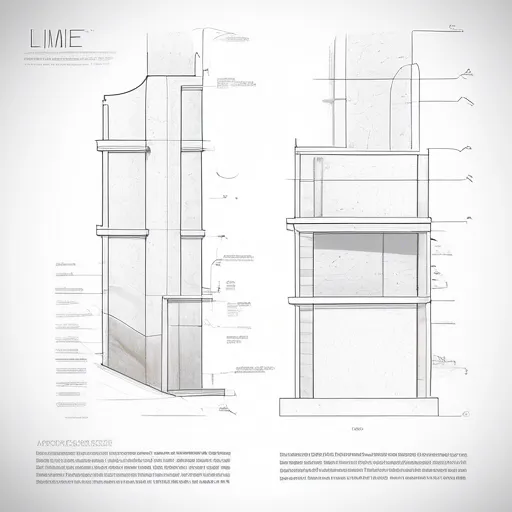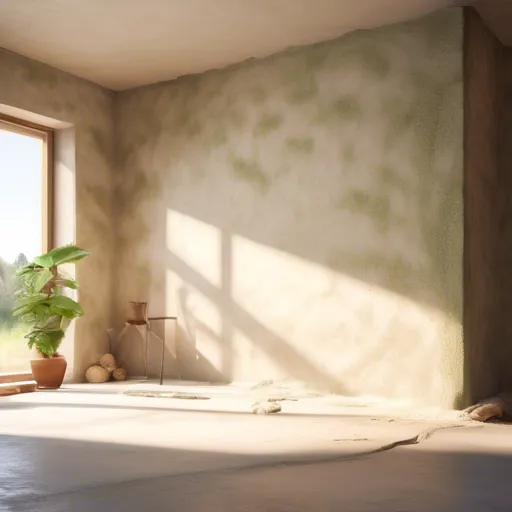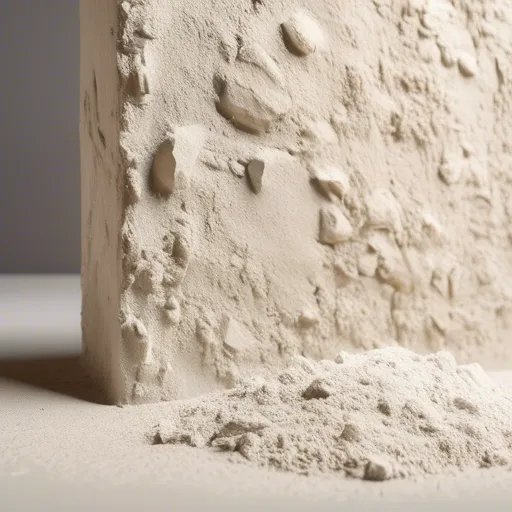
Cement-lime plaster, the ancient craft turned modern marvel, is making a grand comeback, reshaping interior and exterior designs with its unique blend of durability, aesthetics, and eco-friendliness. If you’re in the midst of a home renovation or contemplating one, this might just be the game-changer you need.
Why Limestone Plaster? Unpacking the Benefits
To the casual observer, plaster may seem just another way to coat your walls, but delve deeper, and you’ll discover its transformative power. Let’s explore the myriad benefits:
1. Durability That Defies Time

Limestone plaster is renowned for its rugged durability. Unlike conventional plasters that might chip or crack over time, the lime acts as a natural preserving agent. This ensures that your home’s walls remain pristine for decades. Lime particles penetrate into wall surfaces creating bonds that strengthen the integrity of the structure.
Interesting Fact: Limestone plaster has been used for centuries, with structures dating back to Roman times still standing today.
2. Breathable Beauty
The natural porosity of lime plaster allows walls to “breathe,” preventing issues such as dampness. This makes it particularly suitable for older buildings but is equally advantageous in new constructions.
3. Eco-Friendly Solution

In a world increasingly conscious of its carbon footprint, limestone plaster stands out as a sustainable choice. Its production involves less processing and lower energy usage compared to gypsum-based plasters, making it a fantastic eco-friendly alternative.
Interesting Fact: Lime production contributes less than 1% of CO2 emissions worldwide, significantly less than other building materials.
The Art and Science: Methods of Application
Mastering the technique of cement-lime plastering can seem daunting, but with the right approach, anyone can achieve a professional finish. Let’s walk through the essential steps:
1. Surface Preparation
A well-prepared surface is crucial. Remove any debris, dust, or loose particles from the wall. Next, a coat of water should be applied to avoid rapid absorption of moisture from the plaster.
2. Mixing the Plaster
Mixing involves the perfect blend of sand, cement, lime, and water. A typical mix consists of 1 part lime, 1 part cement, and 6 parts sand. Achieving the right consistency is key – not too watery, yet not too thick.
3. Application Technique
Lime plaster should be applied at a thickness of 10-15mm. It requires at least 24 hours to dry, allowing the lime particles to react and strengthen the plaster. During this period, keep the plaster damp to ensure proper curing.
Interesting Fact: Limestone plaster can be colored naturally by adding pigments to the mix, offering diverse aesthetic options.

Versatility in Design
Limestone plaster isn’t just about structural benefits. Its aesthetic versatility allows it to fit seamlessly into any decor style. Whether you fancy monochrome elegance or rustic charm, this plaster has the adaptability to infuse character and style into your space.
Looking to integrate a minimalist design? Try pairing white lime plaster walls with horizontal blinds for a sleek, modern look.
Conclusion: A Revolutionary Choice for Your Walls
Embracing limestone plaster for your home is more than just a functional choice; it’s an investment in sustainability, longevity, and aesthetics. It can elevate your home’s interior and exterior design, creating a lasting impression.
For those seeking to combine function with form, consider the versatility of lime plaster. Whether you’re redecorating an old abode or dreaming up a new one, this could be the missing piece you’ve been searching for. And while you’re at it, don’t forget to enhance your outdoor spaces. Discover affordable ways to fence your garden beds and enrich your garden’s appearance to match your stunning interiors.
